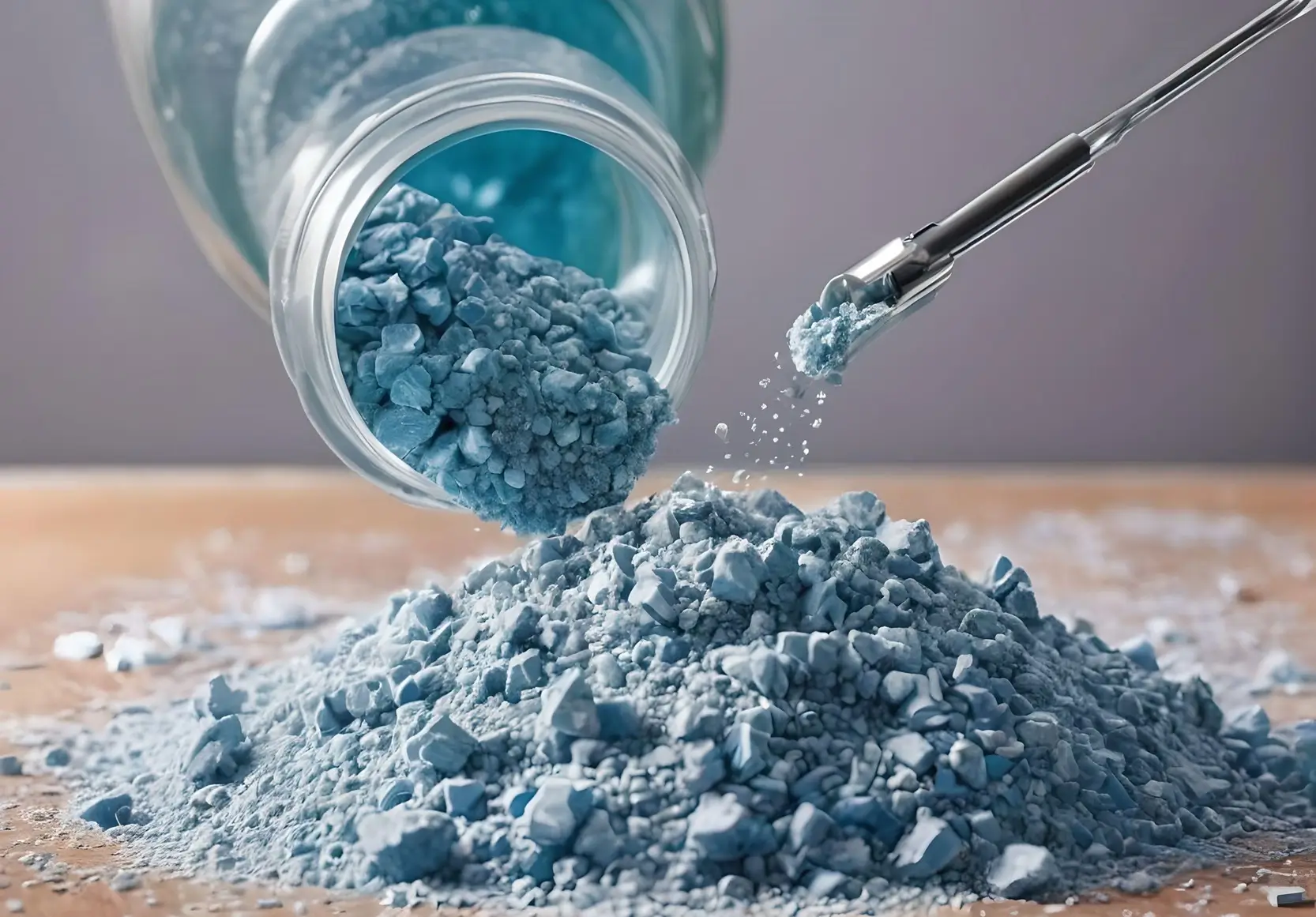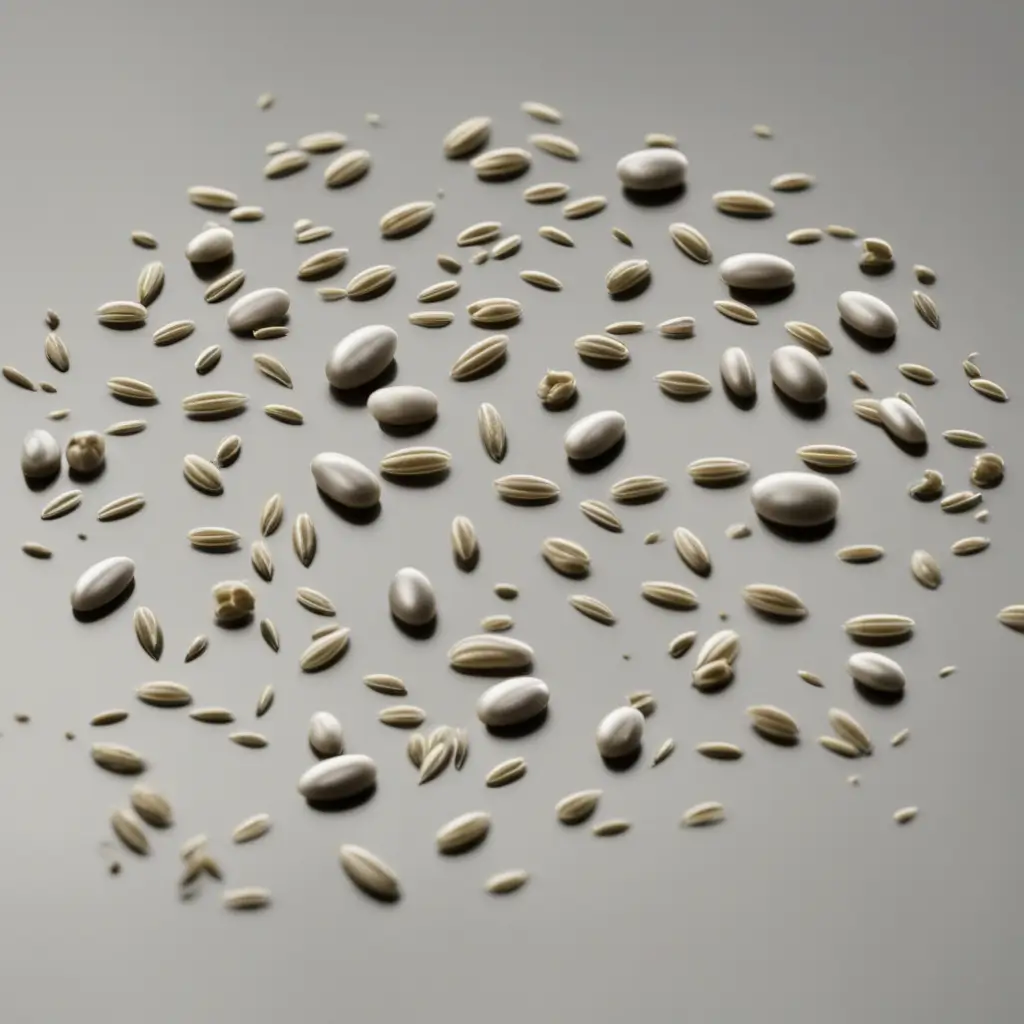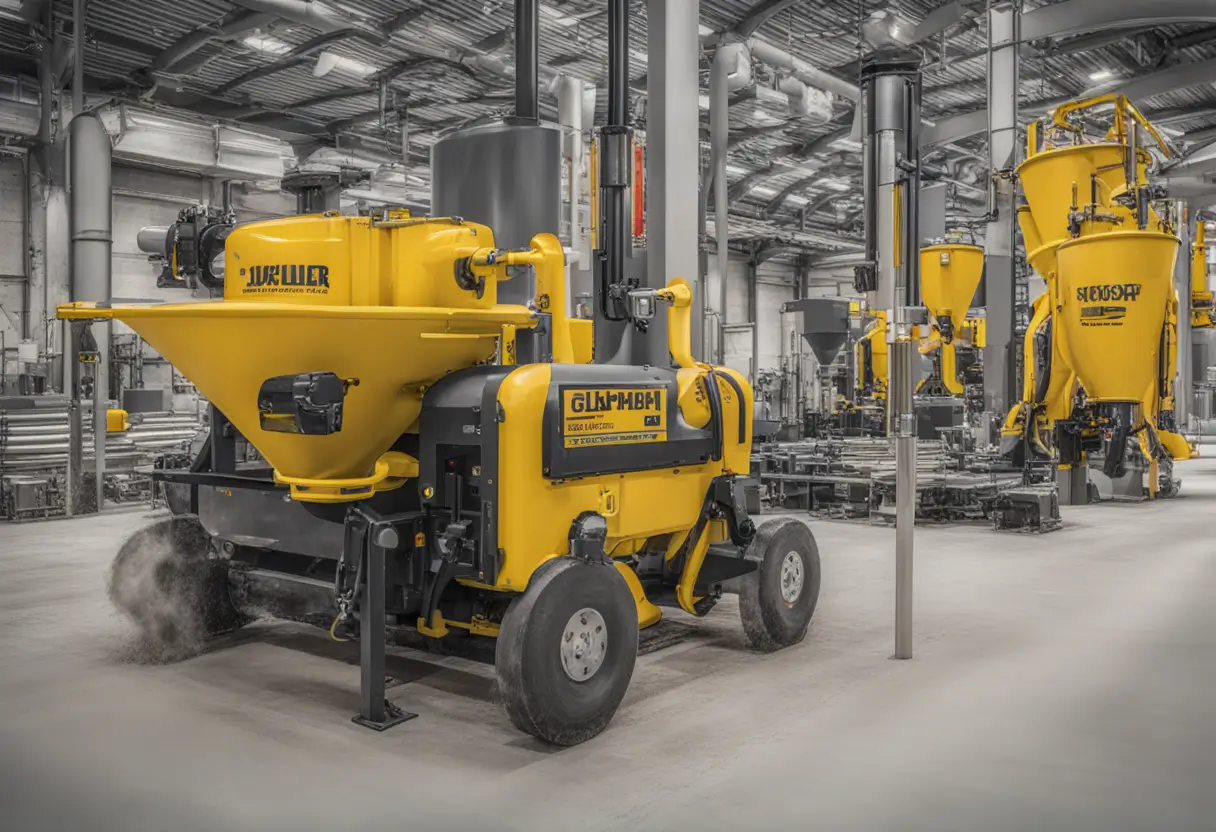Top Tips
Explore the premier destination for curated insights in the dynamic world of powders and material sciences. Unlock the best practices, do’s and don’ts, and top 10 lists on our Top Tips page. Elevate your understanding of powder technology and material sciences with our expertly crafted articles.
Featured Top Tip of the week
10 Powder Processing Do’s and Don’ts – Crystal Growth, Nucleation
The fascinating world of crystal growth, nucleation, and powder processing is a dynamic field, where science meets innovation, it’s crucial to understand the best practices and avoid potential pitfalls to achieve optimal results. Let’s delve into the key 10 Powder Processing Do’s and Don’ts as a practical guide:
10 powder processing Do’s
Understand Supersaturation
Comprehend the concept of supersaturation as a fundamental condition for crystal nucleation.
Control Temperature
Manage temperature carefully, as it significantly influences molecular kinetic energy and nucleation propensity.
Utilize Seed Crystals
Introduce seed crystals strategically to expedite molecular alignment and facilitate nucleation.
Employ Advanced Techniques
Explore crystal nucleation through advanced techniques like X-ray crystallography and spectroscopy.
Collaborate and Share Information
Engage in global collaboration to enhance understanding through crystallography and nucleation studies.
Optimize Manufacturing Processes
Leverage crystallographic insights to influence nucleation and growth, fine-tuning final crystal structure.
Validate with X-ray Diffraction (XRD)
Ensure crystalline integrity and validate processes using XRD for meticulous scrutiny.
Enhance Control with Chemical Precision
Use refined chemical control, including the intentional introduction of impurities, for specific functionalities.
Explore Unique Material Properties
Investigate crystal growth under extreme conditions to reveal novel phases and behaviors.
Embrace Interdisciplinary Approaches
Foster collaboration between crystallography, nucleation studies, and powder technology for nuanced control of powdered materials
10 Powder Processing Don’ts
Ignore Supersaturation Levels
Neglecting the importance of supersaturation can lead to unpredictable nucleation outcomes.
Overlook Temperature Control
Inadequate temperature control may result in variations in nucleation rates and crystal structures.
Disregard Seed Crystal Impact
Failing to consider the role of seed crystals may hinder the nucleation process and crystal growth.
Rely Solely on Outdated Models
Avoid relying solely on outdated models; acknowledge limitations, especially in describing both Ostwald ripening and nucleation concurrently.
Neglect Microstructure Evolution
Ignore the dynamics of microstructure evolution during liquid-liquid decomposition, as it affects nucleation and growth.
Exclude In-situ Imaging
Overlook the benefits of in-situ imaging for real-time observation and analysis of nucleation events.
Underestimate Impurity Influence
Disregard the influence of impurities or dopants in the crystal lattice, which can impact nucleation kinetics.
Miss High-Resolution Techniques
Neglect high-resolution techniques like electron microscopy that offer precise characterization of crystal structures.
Isolate Crystallography from Applications
Avoid isolating crystallography from practical applications; ensure insights contribute to tailored powder properties.
Neglect Collaboration in Research
Fail to engage in collaborative research, missing opportunities to deepen comprehension and drive innovations.
10 Powder Processing Do’s and Don’ts Summery
By adhering to these 10 Powder Processing Do’s and Don’ts, you can navigate the complexities of crystal growth, nucleation, and powder processing with precision and confidence. Remember to approach your research with curiosity, diligence, and a commitment to excellence, and you’ll be well on your way to making impactful contributions in this exciting field.
More Top Tips
- Published On: 20 April 2024
- Published On: 11 January 2024
- Published On: 23 December 2023
- Published On: 10 December 2023
Do’s and Don’ts
Seed Encapsulation Top 10 Tips
Every week we offer tips and tricks, Do’s and Don’ts, and best practices.
This week Seed Encapsulation Top 10 Tips
- Thorough Research:
Conduct extensive research on various seed encapsulation techniques, ensuring a comprehensive understanding of chemical, physico-chemical, and physico-mechanical approaches.
2. Highlight Historical Context:
Emphasize the historical significance of seed manipulation, tracing its evolution from the Neolithic Era to the present, and providing context for readers.
3. Detailed Chemical Insights:
Offer detailed insights into the chemical processes involved in seed encapsulation, explaining the interaction between gelling and crosslinking agents.
4. Precise Encapsulation Efficiency:
Stress the importance of precise timing, concentrations, and selection of encapsulation techniques for achieving optimal encapsulation efficiency.
5. Microscopic Exploration Emphasis:
Place a strong emphasis on the microscopic exploration of seed characteristics, showcasing how it reveals subtle changes in the physical and chemical composition.
6. Customization for Seed Types:
Highlight the need to customize gelling and cross-linking agents, as well as encapsulation techniques, based on specific seed types and applications.
7. Technological Equipment Understanding:
Provide a clear understanding of the specialized equipment used in seed coating, explaining the roles of dry coating, rotary pan, and pelleting pan methods.
8. Sustainability Impact:
Acknowledge technological advancements in seed coating equipment, showcasing how these innovations contribute to enhanced agricultural practices.
9. Sustainability Impact:
Highlight the impact of seed encapsulation on agricultural sustainability, demonstrating how it contributes to prolonged shelf life and improved agricultural practices.
10. Connect with Modern Seed Technology:
Connect the historical evolution of seed manipulation to modern seed technology, showcasing its continuous impact on agricultural productivity and sustainability.
News And Articles In Your Inbox
Sign up and receive PowderTechnology.info news, articles, and content from our partners in a quick and easy monthly newsletter.
More Best Practices
- Published On: 20 April 2024
- Published On: 11 January 2024
- Published On: 23 December 2023
- Published On: 10 December 2023





